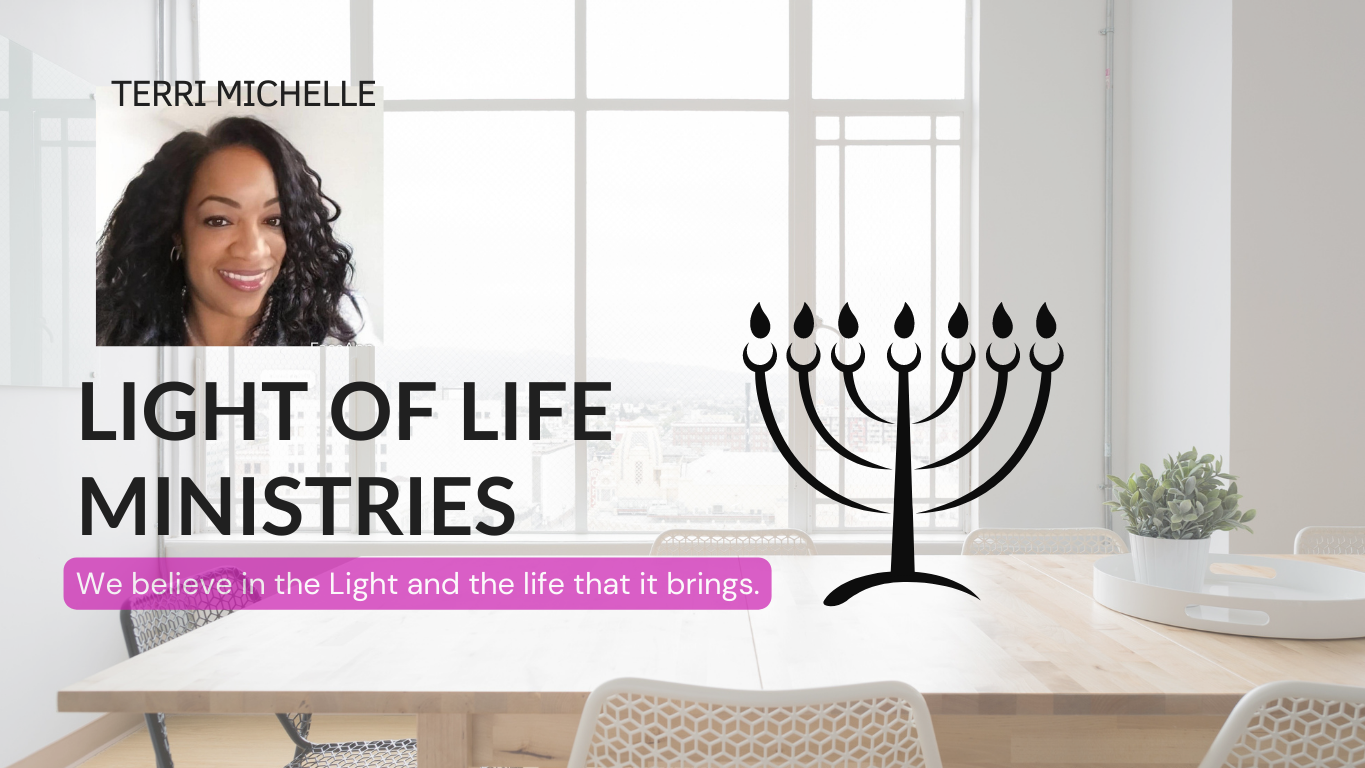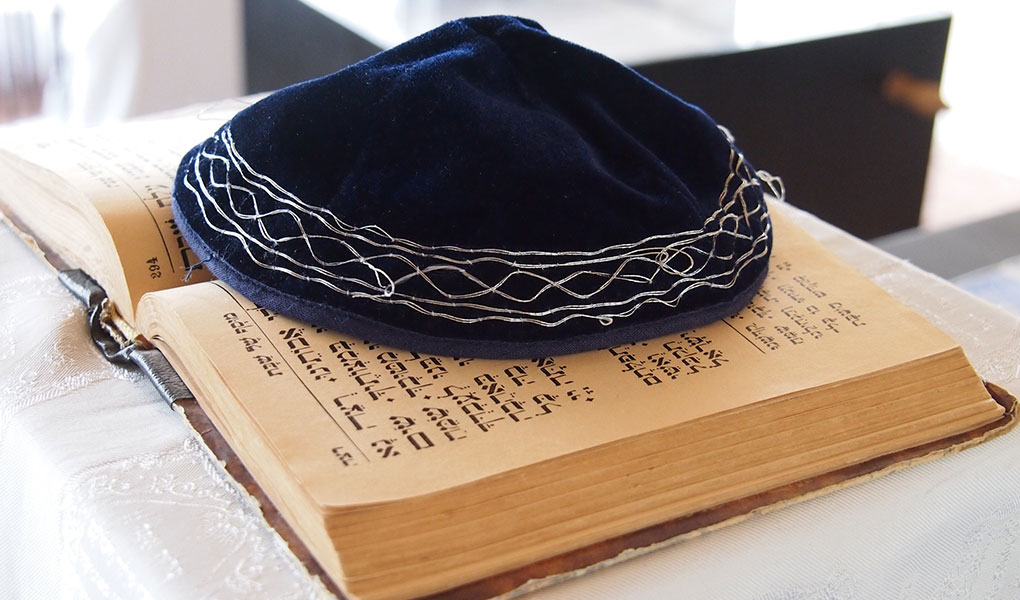Torah Educational System
In the first century, the region of Galilee, a part of Palestine under Roman rule, was the area of the Rabbis. Rabbis were skilled Torah Masters who had graduated in Torah learning. Compulsory education began in 67 BC, focusing on the Torah she be al peh (the Oral Torah) and the Mishna (commentaries and sayings of the Fathers). From the age of five, children studied in Beit Sefer (House of the Book), learning the Hebrew Aleph Beit, reading, and memorizing the Torah.
The Rabbi would give each boy a tablet with honey to taste, saying, “May the words of God be sweet to your taste, sweeter than honey to your mouth.” At this level, there was no critical analysis or study of the word. By ten, they studied the Mishna (Oral Torah). At twelve, most students returned home to learn the family trade, like Yeshua learning carpentry from His father Josef.
Advanced Torah Studies
Only the most gifted students continued to Beit Midrash, a secondary school for adults and exceptional children taught by a Rabbi. Students chosen to study with a famous Rabbi were called Talmudim, or disciples.
Yeshua was one of the most gifted students. At twelve, He was found in the temple in Jerusalem, impressing the doctors with His understanding and answers (Luke 2:46-47). This scripture proves that Yeshua was an impeccable Torah Scholar who frequented the Midrashim (house of study). “And it came to pass that after three days they found Him in the temple, sitting in the midst of the doctors, both hearing them and asking them questions. And all that heard Him was astonished at His understanding and answers”.
The Talmudic Scholars and Midrashic Scholars were amazed with His impeccable interpretation of the Torah.
Student Levels of Education
Non-formal education continued in the Beit Midrash (House of Study) for ages 13-15. At thirteen, students were obligated to observe Mitzvot. Only the most outstanding students sought permission to study with a famous Rabbi. Studying at this level required leaving home for extended periods. These students, also called Talmudim, developed skills in asking questions and critical thinking. Beit Midrash learning included Nevuiim (the Prophets) and Ketuvim (the Writings).
The highest level of learning was Beit Talmud, from age 15-30. Students at this level were also called Talmudim and might study in a synagogue or with a famous Rabbi, living and traveling with him. This relationship was very personal, involving critical thinking, memorizing the Oral Torah, and learning the rules of interpretation. Everything he did would be scrutinized, detailed and followed exactly like the Rabbi. Critical thinking and the art of questions becomes the format of a Beit Talmud, as well as memorizing Torah she be al peh and learning the midrashic rules of interpretation.
Luke 3:23 notes, “And Yeshua himself began to be about thirty years of age, being the son of Joseph who was a Torah Scholar.”
Conclusion
Yeshua increased in wisdom and stature, gaining favor with God and man. His world was the world of Torah, a Torah-centric culture of First Century Palestine. His teachings were the teachings of Torah, refined within its highest disciplines of study. Yeshua’s skillful Rabbinic Midrash was in accordance with the traditions of the Tannaim, Jewish scholars of the first and second centuries.


